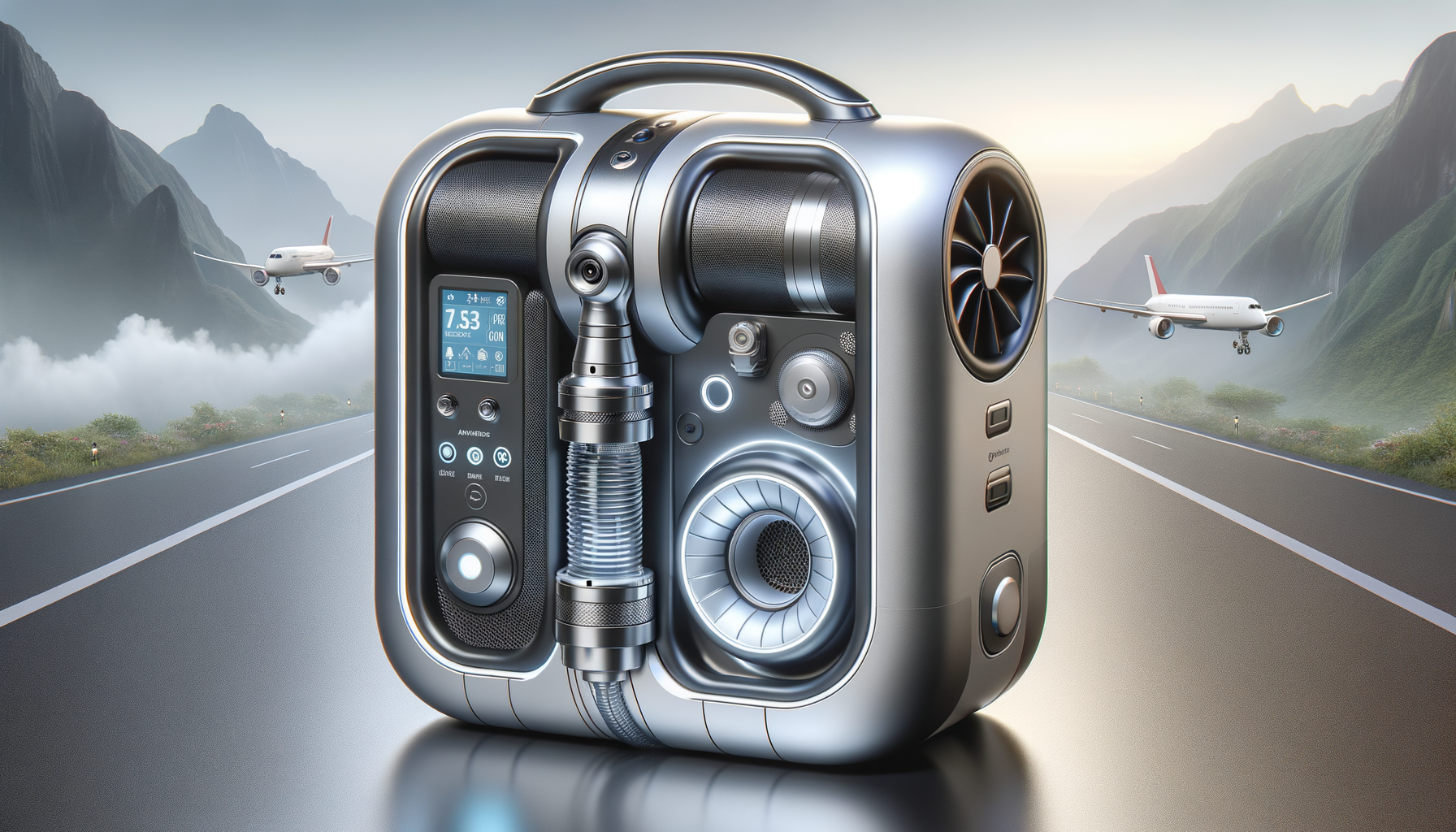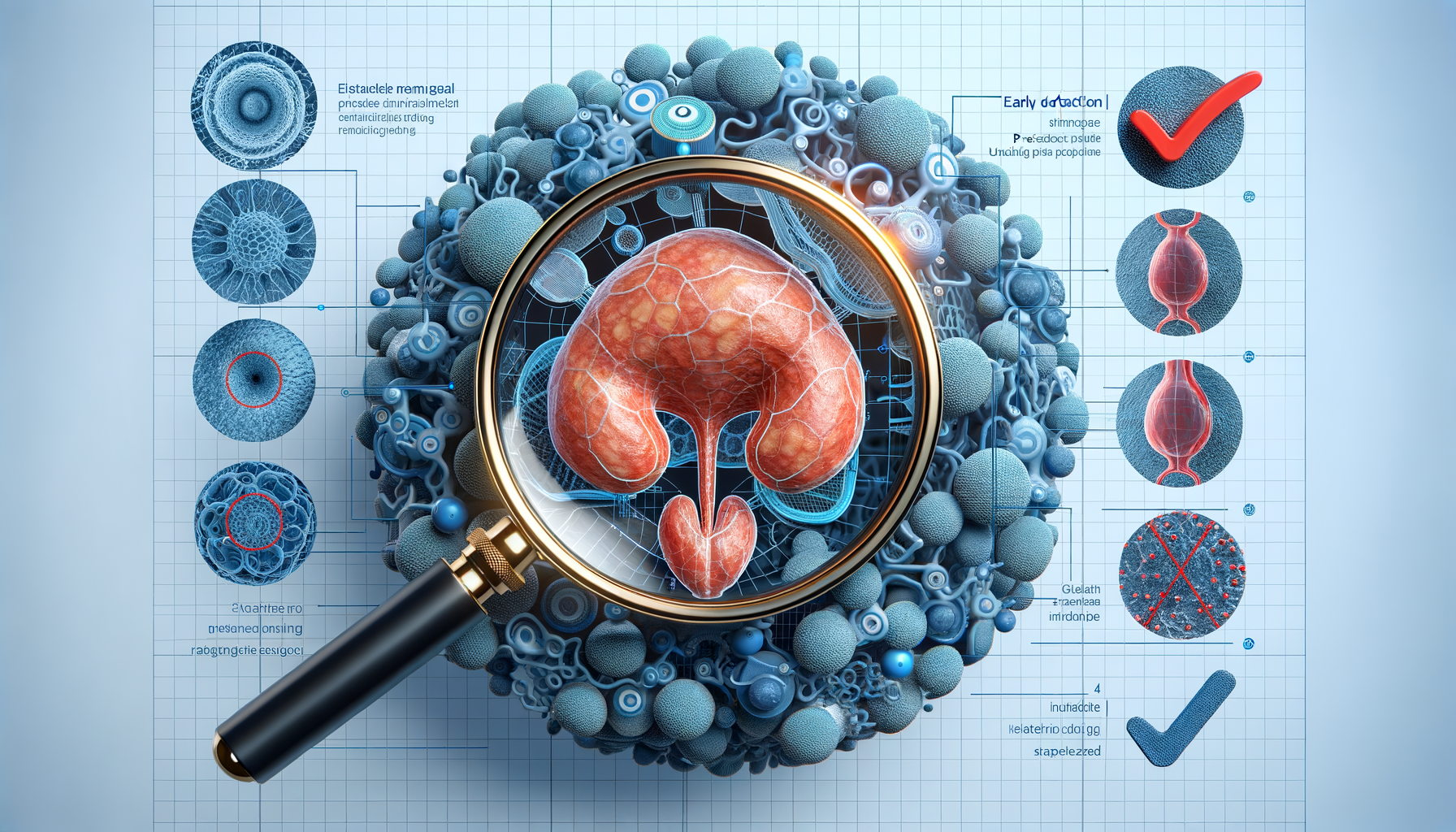
Is This the Future of Home Breathing Support?
Introduction to Portable Oxygen Concentrators
In recent years, the demand for portable oxygen concentrators has surged, driven by the increasing prevalence of respiratory conditions and the desire for more flexible healthcare solutions. These devices are revolutionizing how individuals manage their oxygen needs, providing a new level of freedom and independence. Unlike traditional oxygen tanks, portable oxygen concentrators are compact, lightweight, and designed for mobility, making them an appealing choice for those who require oxygen therapy.
Portable oxygen concentrators work by filtering and concentrating oxygen from the surrounding air, delivering it to the user in a continuous or pulse dose flow. This technology eliminates the need for heavy, cumbersome oxygen tanks and reduces the reliance on frequent refills. As a result, individuals can enjoy greater freedom to travel and engage in daily activities without the constraints of traditional oxygen supply methods.
Benefits of Portable Oxygen Concentrators
The advantages of using portable oxygen concentrators are numerous and impactful. Firstly, they offer unparalleled convenience and mobility. Users can carry these devices with ease, allowing them to maintain an active lifestyle. Whether it’s a walk in the park or a trip to the grocery store, portable oxygen concentrators facilitate participation in everyday activities without the worry of running out of oxygen.
Additionally, these devices are designed with user-friendly interfaces, making them accessible to individuals of all ages. Many models feature adjustable settings, enabling users to customize oxygen delivery to match their specific needs. This adaptability is crucial for managing varying levels of physical activity and ensuring optimal oxygen saturation at all times.
- Lightweight and compact design
- Customizable oxygen flow settings
- Rechargeable batteries for extended use
Moreover, the environmental impact of portable oxygen concentrators is significantly lower than that of traditional oxygen tanks. By using ambient air as a source, these devices reduce the need for frequent deliveries and refills, contributing to a more sustainable healthcare system.
Technological Advancements in Oxygen Therapy
Recent technological advancements have further enhanced the functionality and efficiency of portable oxygen concentrators. Modern devices are equipped with sophisticated sensors and algorithms that automatically adjust oxygen delivery based on the user’s breathing patterns. This feature not only optimizes oxygen therapy but also conserves battery life, extending the duration of use between charges.
Innovations in battery technology have also played a crucial role in the evolution of portable oxygen concentrators. Many models now come with rechargeable lithium-ion batteries, offering extended run times and quick recharging capabilities. This advancement ensures that users can rely on their devices for longer periods, even in remote locations where access to power sources may be limited.
Furthermore, connectivity features are becoming increasingly common in portable oxygen concentrators. Some models offer Bluetooth or Wi-Fi capabilities, allowing users to monitor their oxygen usage and device status via smartphone applications. This connectivity facilitates better communication between patients and healthcare providers, enabling more personalized and effective oxygen therapy management.
Considerations When Choosing a Portable Oxygen Concentrator
When selecting a portable oxygen concentrator, several factors should be considered to ensure the device meets the user’s specific needs. The first consideration is the oxygen delivery method, as some devices offer continuous flow while others provide pulse dose delivery. The choice between these options depends on the user’s oxygen requirements and lifestyle.
Another important factor is battery life. Users who frequently travel or spend extended periods away from home should opt for devices with long-lasting batteries and quick charging capabilities. Additionally, the weight and size of the concentrator should be considered, especially for individuals who plan to carry the device for extended periods.
- Oxygen delivery method (continuous vs. pulse dose)
- Battery life and charging options
- Weight and portability
- Noise level during operation
Lastly, users should evaluate the noise level of the device during operation. Some portable oxygen concentrators are designed to operate quietly, ensuring discretion and comfort during use. Consulting with healthcare providers and reading user reviews can provide valuable insights into the performance and reliability of different models.
Conclusion: Embracing a New Era of Oxygen Therapy
Portable oxygen concentrators represent a significant advancement in the field of respiratory care, offering a convenient and effective solution for individuals with chronic respiratory conditions. By providing mobility, adaptability, and advanced technology, these devices empower users to lead more active and fulfilling lives. As the technology continues to evolve, portable oxygen concentrators are poised to become an integral part of home healthcare, transforming the way oxygen therapy is delivered and managed.
For those considering portable oxygen concentrators, it’s essential to assess individual needs and consult with healthcare providers to select the most suitable device. By embracing this innovative technology, individuals can enjoy greater freedom and independence, ultimately enhancing their quality of life.


